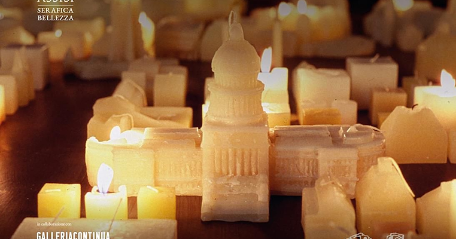Albornozian Fortress of Spoleto
One of the very first things one must see, upon arriving in Spoleto, is the Rocca Albornoziana, which from the hill of Sant'Elias towers over much of the Spoletana Valley. History has it that it was Pope Innocent VI who imposed its construction, to re-establish the authority of the Church. Since 1309, in fact, the Pope and the Curia had resided in Avignon, and in anticipation of a return to Rome, the Spanish Cardinal Egidio Albornoz was entrusted with the complex task of restoring order to the territories. Matteo Gattapone da Gubbio, an expert in military architecture, was appointed in 1362 to build the fortress, a defensive stronghold in the heart of the Papal States. The Cardinal, who died in 1367, did not get to see the work completed; nevertheless, the Rocca has been closely associated with his name ever since.
Lucrezia Borgia the most fascinating woman of the Italian Renaissance
Considering the need to restore order to the region, the fortress was designed as a tool for controlling and defending the territory. In the fortress resided the governors of the city, often chosen from among the closest relatives of the pontiffs; among them the best known is certainly Lucrezia Borgia, "secured" in Spoleto in 1499 by her father, Pope Alexander VI (Lucrezia was also sister of Cesare, Machiavelli's famous "Prince"), who did everything to ensure that she would not be reunited with her husband Alfonso of Aragon.
As evidenced by the numerous papal coats of arms adorning the entrances, towers and two courtyards, the Rocca in the 15th and 16th centuries was often visited by Pontiffs who sometimes elected it temporarily as a papal residence. In 1499 Nicholas V stayed a few months in Spoleto to escape the plague in Rome.

































